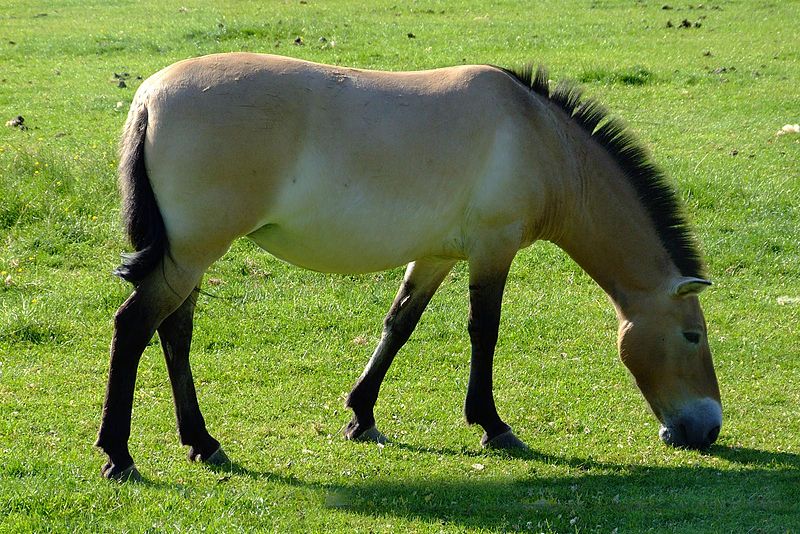Assemblages of large mammal species play a disproportionate role in the structure and composition of natural habitats. Loss of these assemblages destabilizes natural systems, while their recovery can restore ecological integrity.
Here we take an ecoregion-based approach to identify landscapes that retain their historically present large mammal assemblages, and map ecoregions where reintroduction of 1–3 species could restore intact assemblages.
Intact mammal assemblages occur across more than one-third of the 730 terrestrial ecoregions where large mammals were historically present, and 22% of these ecoregions retain complete assemblages across > 20% of the ecoregion area.
Twenty species, if reintroduced or allowed to recolonize through improved connectivity, can increase the area of the world containing intact large mammal assemblages by 54% (11 116 000 km2). Each of these species have at least two large, intact habitat areas (> 10 000 km2) in a given ecoregion.
Timely integration of recovery efforts for large mammals strengthens area-based targets being considered under the Convention on Biological Diversity.
Photo (by SnowmanRadio via Wikipedia) shows a Przewalski’s Horse (Equus ferus przewalskii) at Marwell Wildlife, Hampshire, England.

